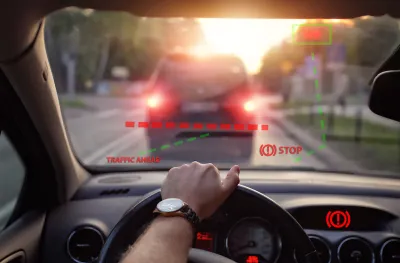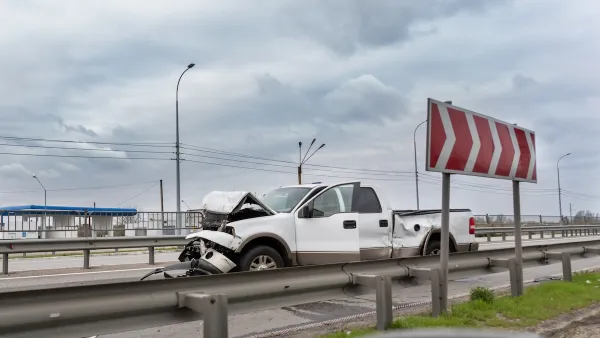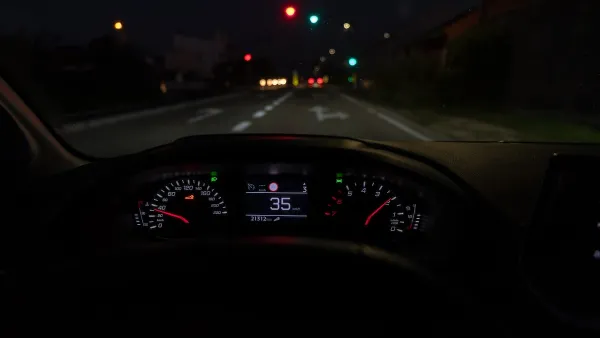New cars will be required to include automatic detection and braking technology for vehicles and pedestrians by 2029.

The U.S. Department of Transportation’s National Highway Traffic Safety Administration (NHTSA) issued its final update to federal regulations that govern vehicle design, mandating new features to protect pedestrians and prevent crashes. The new Federal Motor Vehicle Safety Standard calls for automatic emergency braking (AEB) technology for vehicles and pedestrians on all passenger cars and light trucks by 2029.
According to a press release from the NHTSA, “The new standard requires all cars be able to stop and avoid contact with a vehicle in front of them up to 62 miles per hour and that the systems must detect pedestrians in both daylight and darkness. In addition, the standard requires that the system apply the brakes automatically up to 90 mph when a collision with a lead vehicle is imminent, and up to 45 mph when a pedestrian is detected.” The technology is designed to detect pedestrians and vehicles during daylight and darker conditions.
The agency estimates this could save over 360 lives each year, based on fatality statistics. The standard fulfills a provision in the Bipartisan Infrastructure Law and advances the National Roadway Safety Strategy, a federal effort to reduce traffic fatalities and injuries.
FULL STORY: NHTSA Finalizes Key Safety Rule to Reduce Crashes and Save Lives

National Parks Layoffs Will Cause Communities to Lose Billions
Thousands of essential park workers were laid off this week, just before the busy spring break season.

Retro-silient?: America’s First “Eco-burb,” The Woodlands Turns 50
A master-planned community north of Houston offers lessons on green infrastructure and resilient design, but falls short of its founder’s lofty affordability and walkability goals.

Delivering for America Plan Will Downgrade Mail Service in at Least 49.5 Percent of Zip Codes
Republican and Democrat lawmakers criticize the plan for its disproportionate negative impact on rural communities.

Test News Post 1
This is a summary

Test News Headline 46
Test for the image on the front page.

Balancing Bombs and Butterflies: How the National Guard Protects a Rare Species
The National Guard at Fort Indiantown Gap uses GIS technology and land management strategies to balance military training with conservation efforts, ensuring the survival of the rare eastern regal fritillary butterfly.
Urban Design for Planners 1: Software Tools
This six-course series explores essential urban design concepts using open source software and equips planners with the tools they need to participate fully in the urban design process.
Planning for Universal Design
Learn the tools for implementing Universal Design in planning regulations.
EMC Planning Group, Inc.
Planetizen
Planetizen
Mpact (formerly Rail~Volution)
Great Falls Development Authority, Inc.
HUDs Office of Policy Development and Research
NYU Wagner Graduate School of Public Service





























